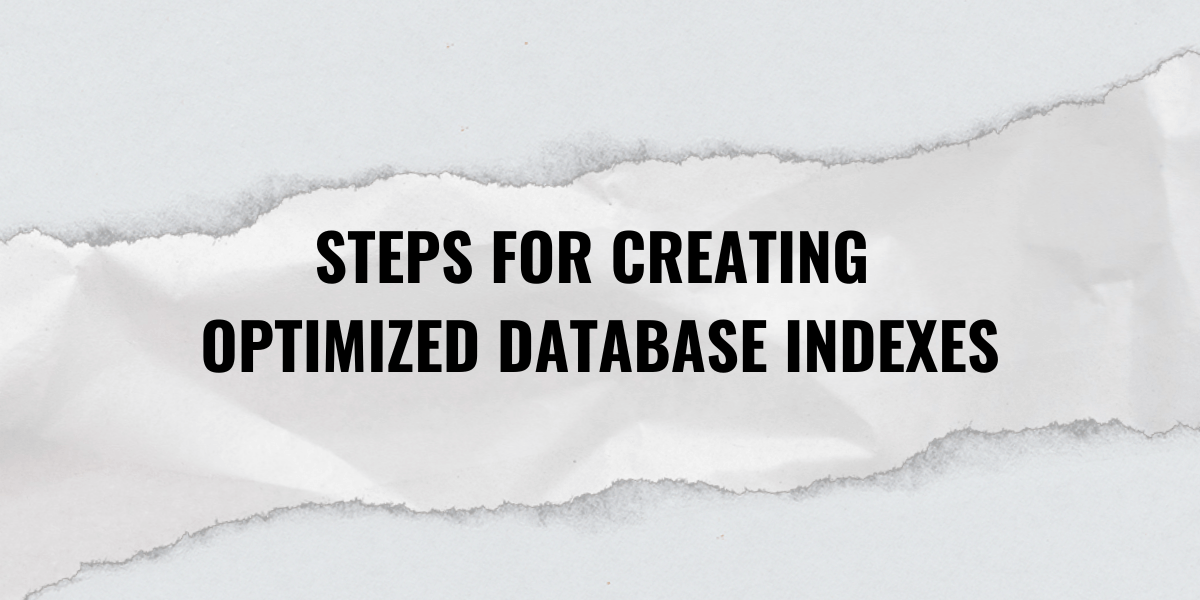Creating optimized database indexes or database indexing best practices is the first step that one can take towards building a highly performant system.
Database indexes are crucial in speeding up query execution time and improving overall database performance. They act as a roadmap for the database engine to locate and retrieve the required data efficiently.
Steps for creating optimized database indexes
Here are a few tips to help you optimize your indexes and unleash the true power of your database –
Query Patterns: I would say that “Understanding your application’s query patterns” is the prerequisite for creating any index. We should check for the most frequently executed queries, and look for common fields used in these queries to prioritize index creation or optimization.
Cardinality Matters: Consider the cardinality and selectivity of the indexed fields. Cardinality refers to the uniqueness of values in a column, while selectivity indicates how well an index narrows down the data set. Place high cardinality and selective fields early in the index definition to filter out more data early in the scan.
Field Order: Order the fields in the index definition based on their selectivity and cardinality. Areas with higher selectivity should come first to narrow down the result set quickly.
Regular Maintenance: Indexes require regular maintenance to ensure they stay optimized. Be cautious not to create too many unnecessary indexes, which can impact write performance.
Testing and Monitoring: Test the performance of your queries before and after index optimization. Keep an eye on execution plans, query response times, and resource utilization.
So, take a closer look at your database indexes today and unleash the untapped potential of your data!



